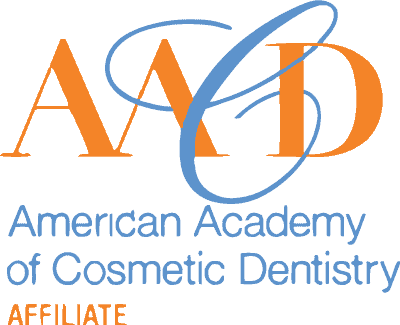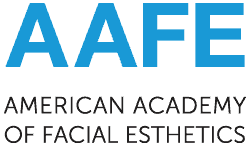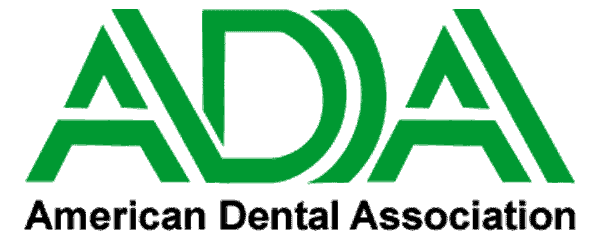Did you know that you have thousands of naturally-occurring bacteria in your mouth that love to live on the surface of your teeth and share the same food you eat? Gross, isn’t it? The good news is that excess bacteria can be removed from your teeth through regular brushing, flossing, and dental cleanings.
To prevent bacteria populations from growing and causing dental issues like tooth decay and gum disease, the American Dental Association advises individuals to visit their local dental practice once every six months for a dental exam and cleaning. Dental exams will allow your general dentist to evaluate the health of your teeth and gums, while professional teeth cleanings will remove excess plaque and tartar. Since bacteria live in dental plaque and tartar, this also removes large amounts of bacteria.
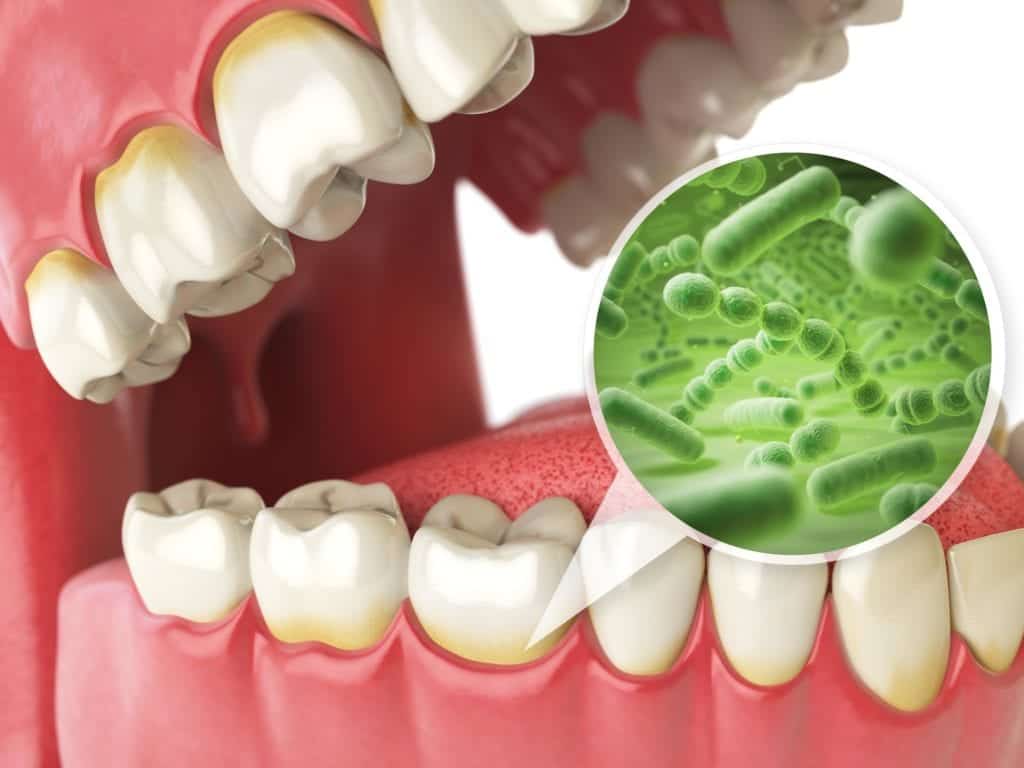
Depending on the amount of plaque and tartar on your teeth, your dentist will perform one of the following four types of dental cleanings:
1. Prophylaxis Dental Cleaning
The word prophylaxis means “to prevent disease”. Therefore, prophylaxis dental cleanings are used to clean healthy teeth in order to prevent them from becoming affected by tooth decay or gum disease. Prophylaxis cleanings remove plaque and tartar from the front, back, and sides of teeth using a dental scaler or water stream. Most dental patients only require a prophylaxis cleaning, especially if they have kept up on daily dental hygiene and semi annual dental appointments.
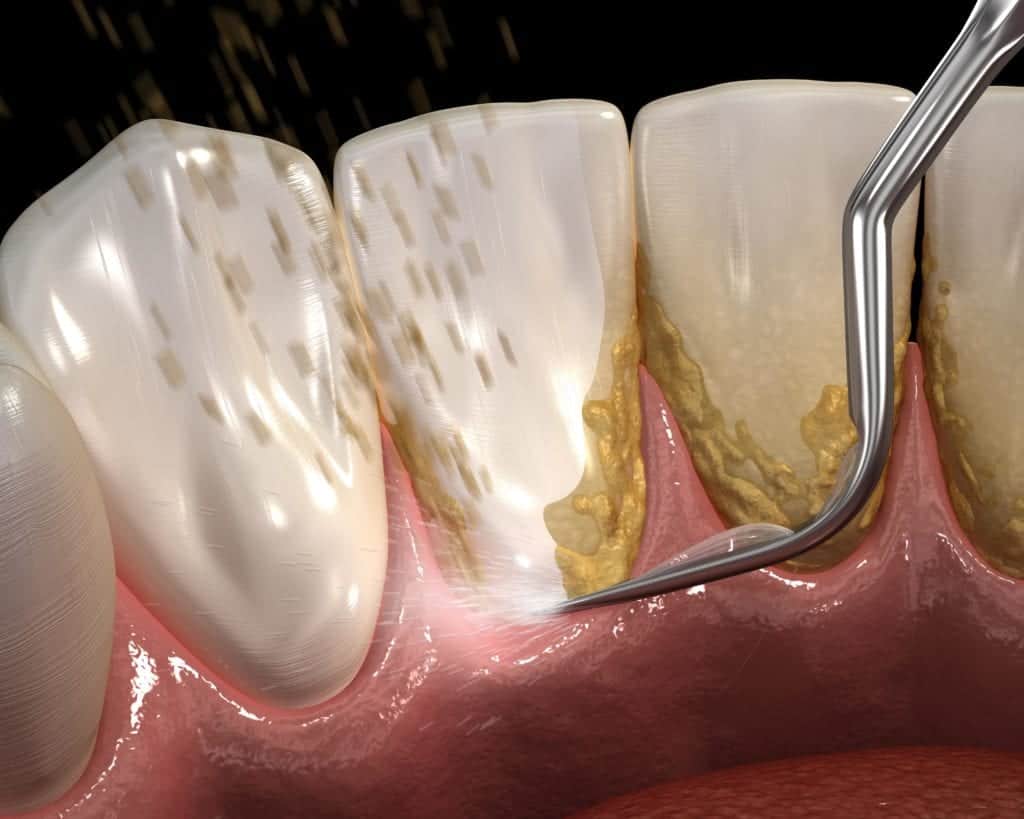
2. Scaling and Root Planing Cleaning
Scaling and root planing cleanings, also known as deep cleanings, are used to both the teeth and gum pockets in order to treat gingivitis and periodontitis. Deep cleanings for gingivitis are usually completed in a single dental appointment. Deep cleanings for periodontitis, on the other hand, may require multiple appointments and local anesthetics depending on the severity. Scaling is the process that removes plaque and tartar from the tooth’s surface and in the gum pockets below the gum line that form as a result of gum disease. Not only does this remove bacteria, but it also helps to reduce gum inflammation. Root planing is the process of smoothing the tooth roots, which helps the gums reattach to teeth and eliminate gum pockets.
3. Periodontal Maintenance Cleaning:
Periodontal maintenance cleanings are also dental cleanings designed to treat gum disease. Like scaling and root planing, they remove excess plaque and tartar from the tooth surface and gum pockets, then smooth out the roots if needed. The main thing that sets periodontal maintenance cleanings apart is that they are usually performed more often than other types of dental cleanings. This is because gum disease is progressive and will continue to get worse if not effectively treated.
4. Gross Debridement Cleaning:
Gross debridement cleanings are the most heavy-duty of teeth cleanings designed to clean teeth with copious amounts of plaque and tartar. These cases are generally individuals that struggle to maintain an oral care routine or who have avoided the dentist for a significant amount of time. Since plaque hardens into tartar and large amounts of tartar are especially hard, an electrical tool is used to loosen tartar during gross debridement cleanings. Once the excess plaque and tartar have been removed, a prophylaxis cleaning is performed to further clean the teeth.
As you can see, there are different types of dental cleanings that your dentist may choose to use depending on what they find during your dental exam. While all of these cleanings have the same basic premise, they each offer a slightly different approach based on certain situations. Now that you know the four types of dental cleanings, only one question remains: how long has it been since your last teeth cleaning?

Dr. Dennis Laurich has been practicing dentistry for over 40 years. He received his DDS degree from the University of Michigan Dental School and regularly attends oral health care conventions to continue his dental education. This allows him to treat patients with the leading dental technology and methodologies. Additionally, he is a member of the American Dental Association, Michigan Dental Association, and the Detroit District Dental Society.

